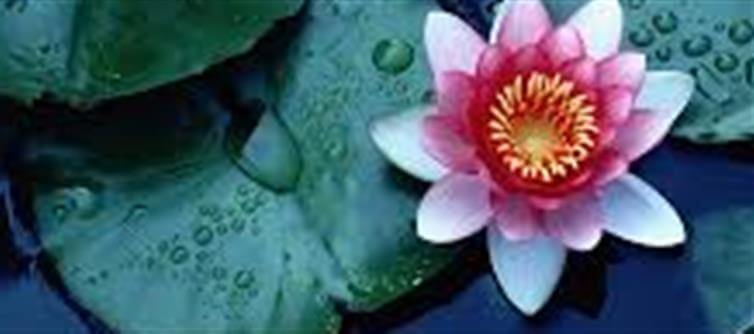
The lotus flower possesses a remarkable self-cleaning ability known as the "lotus effect," which has captivated scientists and inspired innovations in material science. This phenomenon is primarily attributed to the unique micro- and nanostructures on the surface of its leaves, which render them superhydrophobic. When water droplets land on these leaves, they bead up and roll off, effectively removing dirt and debris in the process.
At the microscopic level, the surface of a lotus leaf is covered with tiny bumps called papillae, each about 10 to 20 micrometers in height. These papillae are coated with a layer of hydrophobic wax crystals, creating a rough and water-repellent surface. This dual-structured surface minimizes the contact area between water droplets and the leaf, resulting in a high contact angle of up to 170°, which causes water to bead up rather than spread out .
As water droplets roll off the lotus leaf, they pick up and carry away dirt particles. This occurs because the adhesion between the dirt particles and the water droplets is stronger than the adhesion between the particles and the leaf surface. Consequently, contaminants are effectively removed without the need for external cleaning agents .
The lotus effect serves not only to keep the plant clean but also offers protection against pathogens and environmental factors. By preventing the accumulation of water and debris, the lotus leaf reduces the risk of fungal infections and ensures optimal light absorption for photosynthesis . This natural self-cleaning mechanism has inspired the development of synthetic materials and coatings that mimic these properties for use in various applications, including self-cleaning surfaces and water-repellent fabrics .
The lotus flower's ability to clean itself is a result of its specialized leaf surface, which combines micro- and nanostructures with hydrophobic properties to repel water and remove contaminants. This elegant natural solution has not only fascinated researchers but also paved the way for advancements in biomimetic technologies..jpg)




 click and follow Indiaherald WhatsApp channel
click and follow Indiaherald WhatsApp channel